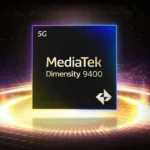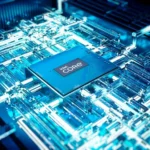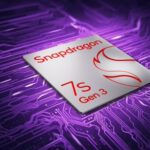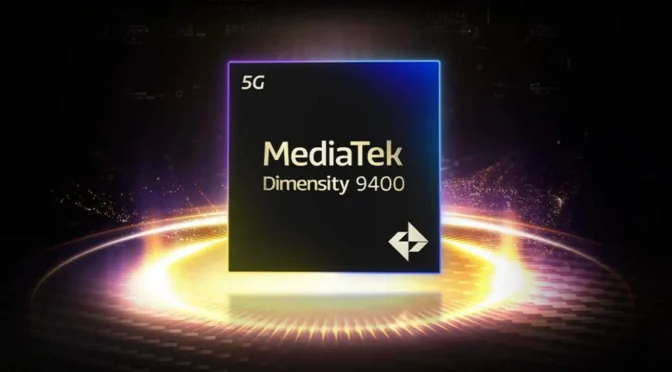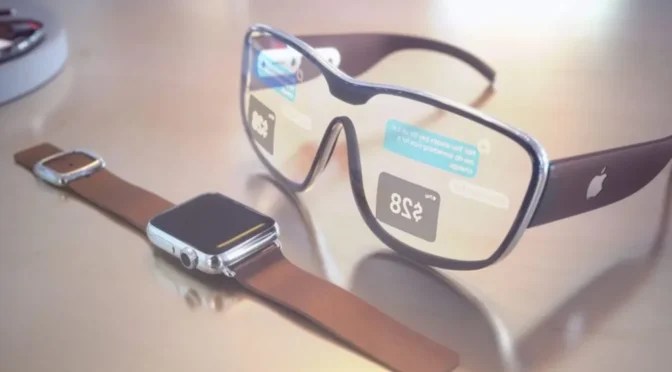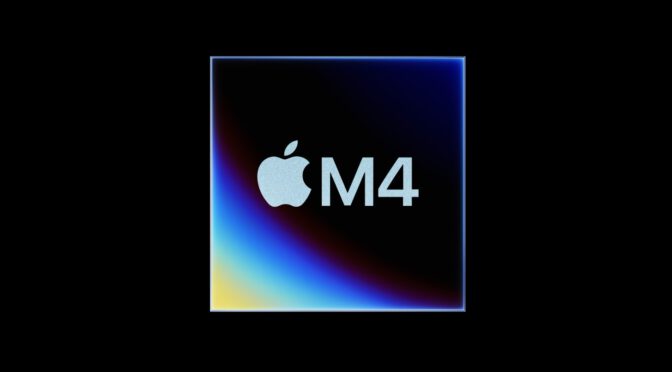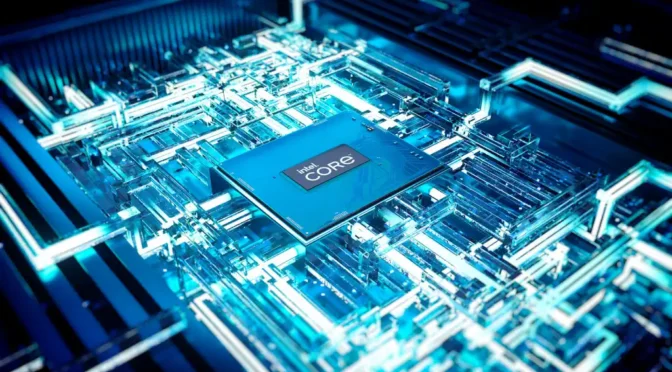[Image credit: SpaceX]SpaceX Secures $733M Space Force Launch Contract
SpaceX has once again proven its dominance in the space launch industry by winning a major contract from the U.S. Space Force. This time, the company secured an eight-launch contract worth $733 million. The new deal comes as part of the Space Force’s National Security Space Launch Phase 3 program, specifically for Lane 1, which focuses on lower-risk, near-Earth missions.
Details of the SpaceX Space Force Launch Contract
The contract covers seven launches for the Space Development Agency and one for the National Reconnaissance Office. All of these missions will likely use SpaceX’s reliable Falcon 9 rockets but not earlier than 2026. This massive deal highlights the continued trust the U.S. government places in SpaceX’s launch capabilities.
SpaceX, United Launch Alliance, and Blue Origin are the main companies competing for these launches. The contract is part of the U.S. Space Force Space Systems Command’s (SSC) ongoing efforts to ensure national security through reliable and cost-effective space launches.
National Security Space Launch Phase 3
The National Security Space Launch Phase 3 program was divided into two lanes: Lane 1 for near-Earth and lower-risk missions, and Lane 2 for heavy-lift missions and more complex orbits. SpaceX’s contract falls under Lane 1, which has an expected total value of $5.6 billion over five years. Other companies will have the chance to bid for future contracts as competition increases.
The Future of SpaceX and National Security Launches
SpaceX’s success in securing this contract may seem inevitable, but the landscape is changing. With new launch providers and technologies on the horizon, competition is expected to intensify. The Space Force has committed to “increasing competition and diversity,” with future opportunities to onboard new providers. The next round of bidding for Lane 1 contracts is set for 2024, and more missions will be awarded between 2025 and 2029.
SpaceX remains at the forefront of space innovation, and this $733 million Space Force launch contract further solidifies its role in supporting national security missions. However, with new players entering the market, the future of space launches could look very different in the coming years.
Source: Yahoo



